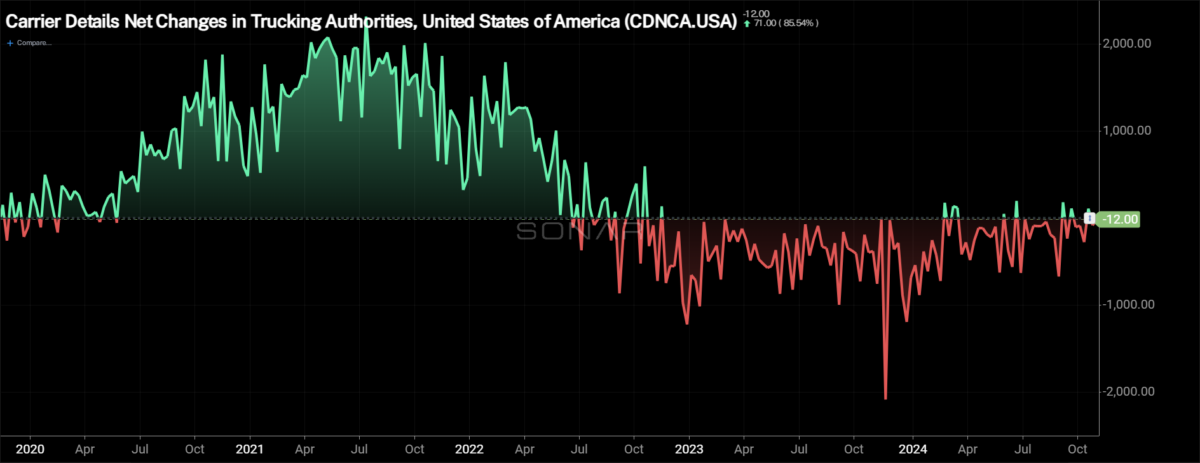WASHINGTON — How effective a new CDL requirement is at keeping the roads safer from drug and alcohol abusers could hinge on the ability of individual states to implement the change that will affect tens of thousands of truck drivers.
The new requirement, referred to by the Federal Motor Carrier Safety Administration as Clearinghouse II and scheduled to take effect Monday, will immediately revoke the driving privileges of close to 200,000 CDL holders, based on the latest Drug & Alcohol Clearinghouse data compiled by FMCSA.
A truck driver with a drug or alcohol violation in the clearinghouse database as of next Monday will be prohibited from performing any “safety-sensitive functions” – including driving a truck – until the driver completes FMCSA’s return-to-duty (RTD) process, which involves education, treatment and an RTD test.
But how the new rule will improve safety, as well as trucking capacity, will depend at least in part on how each state implements it. FMCSA deliberately gave deference to state driver’s license agencies, which will have 60 days after they’re notified by FMCSA that a driver residing in that state is in prohibited status to complete and record the CDL downgrade on the driver’s record.
“I think it’s fair to say the relationship between FMCSA and the states has at times been strained, because state driver’s license agencies have their own way of doing things based on their state-specific law,” P. Sean Garney, a trucking regulations expert with Scopelitis Transportation Consultants, told FreightWaves. “And when FMCSA starts requesting changes from them, they typically grant as much flexibility as possible.
“In this specific case, states have different rules around what information can be placed on a motor vehicle record [MVR], who can obtain one and when. Some states have more protective driver privacy laws that could prohibit some information from being provided.”
For example, “states will determine whether the reason for the downgrade (or other discretionary licensing action), or the individual’s prohibited CMV driving status, is posted on a CMV operator’s driving record, and for how long the information would remain,” the rule states. Garney does not anticipate that such flexibility will have a negative impact on safety.
“I think FMCSA ultimately decided that what’s most important is that the downgrade happen and that the driver’s privileges be revoked. That’s important because as motor carriers conduct their annual reviews or seek to hire new drivers, they’ll order a new MVR and see” that the driving privileges have been taken away, Garney said.
Capacity shakeout?
With regard to the effect the rule could have in tightening freight capacity – given that a sudden downgrade for CDL holders could effectively remove trucks from the market – many trucking companies are waiting to see how things shake out.
“It depends on how that implementation … happens,” said Derek Leathers, Chairman and CEO of Werner Enterprises (NASDAQ: WERN), responding to an analyst’s question about the rule during the trucking company’s earnings call in October.
“I think what you’re probably hearing in terms of quietness out of the conversations with fleets is a lack of confidence in where [the rule] lands, how that lands and the significance of any enforcement/implementation. I would put it in the same category … as some tightening of visa requirements that are taking place right now relative to the Southern border that we’re very encouraged by, but I’ll believe it when I see it.”

Working against the theory that the rule could result in a significant capacity shakeout, FMCSA stated in the final rule that the 60-day allowance period provided to the state licensing agencies means that an estimated 82% of drivers will complete the RTD process before state agencies record the downgrade – and the drivers therefore will not incur “opportunity costs” resulting from lost income.











